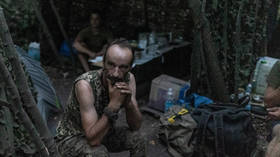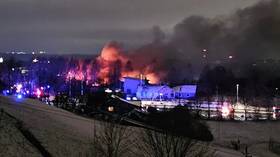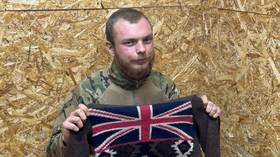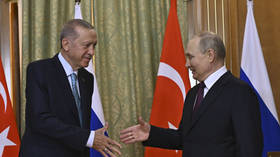Mass grave with remains of at least 640 Soviet prisoners of war discovered at former German Nazi concentration camp in Russia
Volunteers in Russia's Voronezh Region have discovered a mass grave with the remains of hundreds of Soviet prisoners at the site of a former concentration camp that housed workers building a railway from Berlin to Stalingrad.
That's according to Mikhail Segodin, the head of Don, a group dedicated to finding the remains of people killed by the Nazi occupiers during World War II.
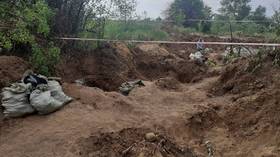
Segodin explained, “640 people have been discovered. We also found four death medallions. Two of them were empty, and two had inserts, one of which is fully legible. We also found a Red Army book, which we will send for examination, and a spoon marked with a surname.”
During World War II, Red Army soldiers were issued with metal medallions, in which they were supposed to put a piece of paper with their personal details on it for identification purposes, in case they were killed.
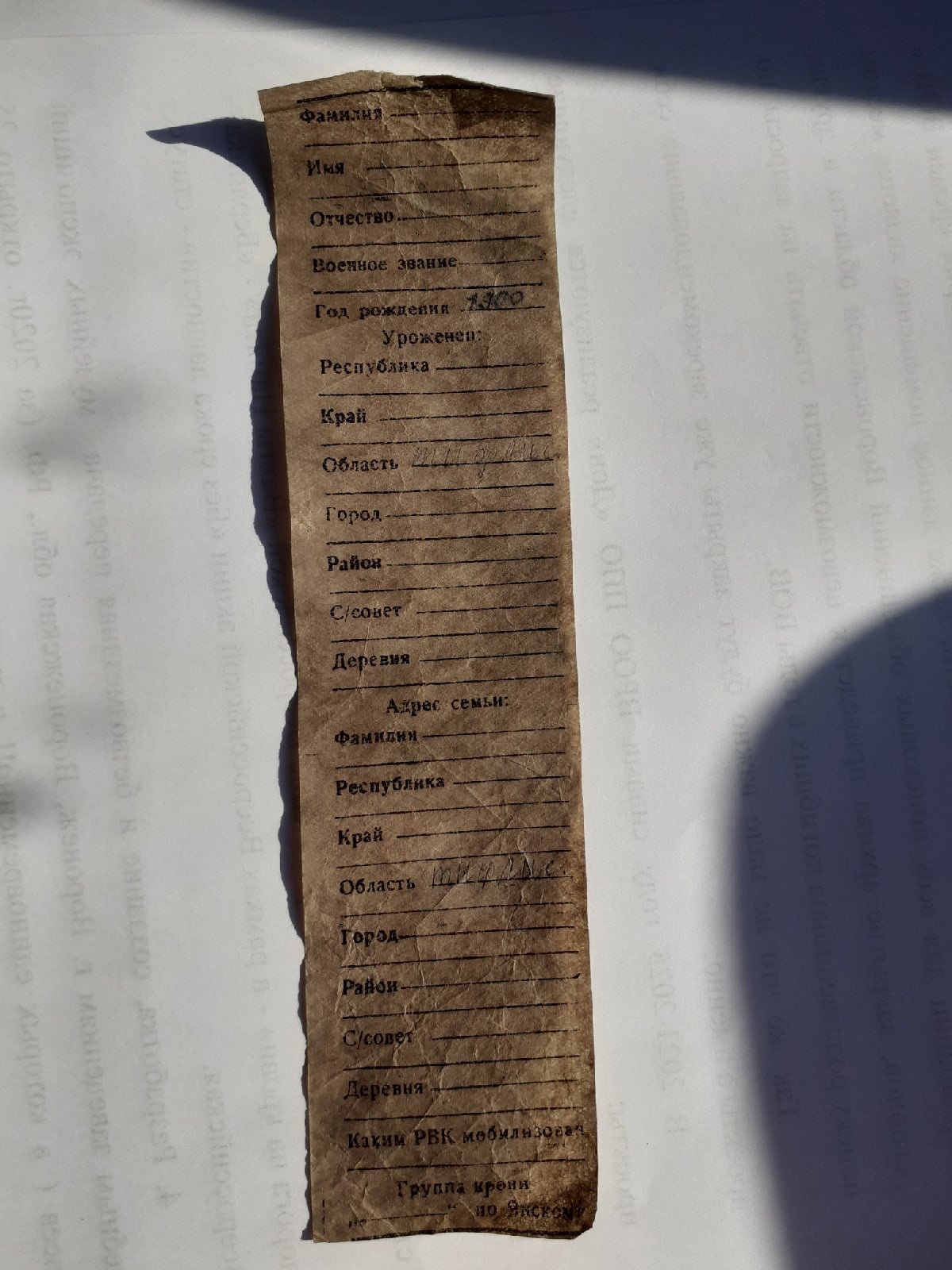
Prisoners at war at the camp, named DUGAG-191 and located near the village of Lushnikovka, were being used to build a secret railroad called ‘Berlinka’, which was intended to link Germany to Stalingrad, now called Volgograd. The Nazis created at least 17 camps along the route in the Voronezh Region, killing thousands in the process of construction.
The decision to build the railroad was taken after the Battle of Stalingrad, where the German army suffered a crushing defeat. The Nazis were left low on manpower and supplies and desperately needed an improved logistics network to get ammunition and food to the front line.
Also on rt.com Genocide has no statute of limitations: Russia reopens case into Nazi murder of 214 disabled kidsIn 2010, Segodin's group Don began to focus on those killed building the railroad. The excavations are also being conducted with the help of the local Investigative Committee.
Speaking to Russian weekly newspaper Argumenty i Fakty, Segodin explained that most of the bones are in poor condition, making it difficult to establish the gender of the remains. According to Segodin, there was also a nearby camp for women and children.
“The only thing we can say for sure is that almost all the dead people were young,” he said.



